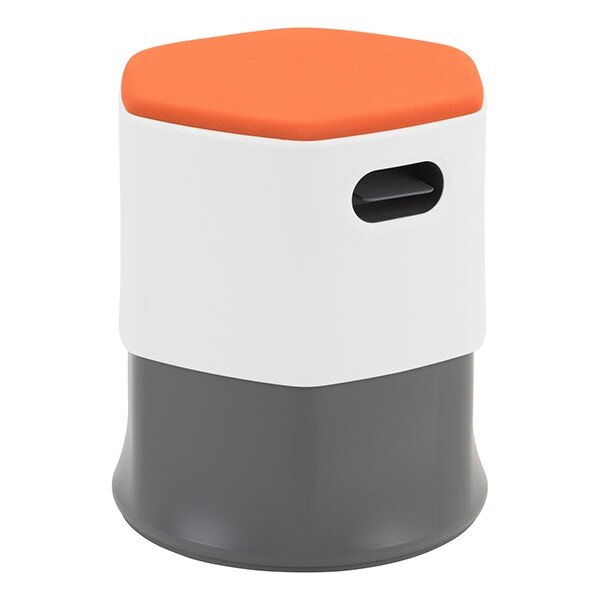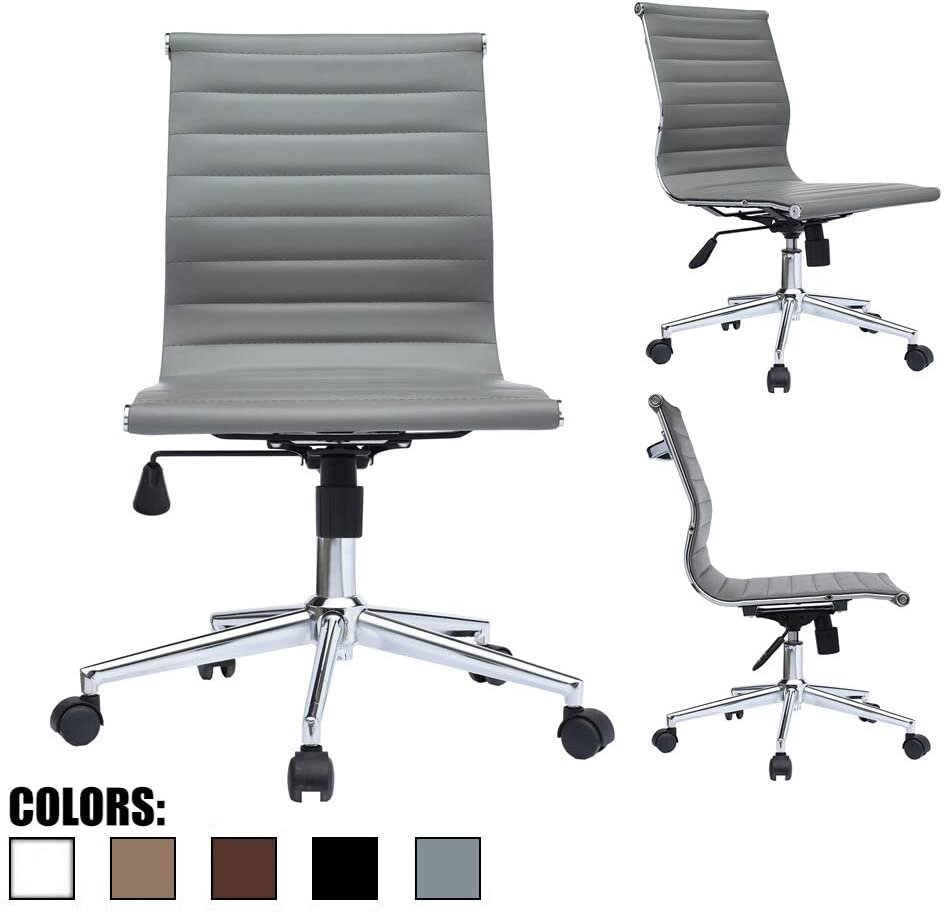Ergo Chair for your Child
I don’t know about you, but around here it looks like we may be returning to a Fall semester of distance learning. Sitting on top of a pile of pillows stacked on the dining room chair won’t cut it any longer. It’s time to look into a suitable chair for your child.
My recommendations should fit most 8-15 year olds; HOWEVER, since children are human too, there is a lot of variation in body size, so don’t hold me to that age range. Some of these chairs come in different sizes for different age groups, and I am always available for a consultation if you’d like a specific recommendation for your kiddo.
Most, but not all, of my suggestions are active-style seats. This means no backrests, which for adults I do not fully recommend (I’ll explain why in another post), but for kids I think it is a good move (see what I did there?). If you watch kids work, you see them fidget and move around a lot. This can help boost concentration and focus and it is counterproductive to try and stop it.
You know your child - if a backrest won’t be used, save the money and space and consider an active stool. Or ask your child if they like the idea of an active chair; they’ve likely tried one at school.
Using an active stool also means that you can sit a little higher than in a standard chair (this is because the seat is smaller and you tend to perch on the top of it) - this can be helpful if the table or desk is a little too high for your child (remember that the worksurface should be even with resting elbow level for computer work). Which reminds me…. I should write a blog post about desks for kids too - stay tuned for that one, but in the meantime you might take a look at this article from The Ergonomics Health Association. My blog post will likely include less classroom-looking desks for schooling at home, but their guidelines are sound.
If your child is less kinetic and you often finding them slouching, then you might consider a chair with a backrest like the last two on my list. I would avoid armrests though since they will just bump into the desk or table. And you might also need a footrest if your child’s feet don’t rest flat on the floor.
The seatpan depth and minimum chair height are the important things to watch our for when choosing a desk chair for your child. Measure your child and check the dimensions of the chair before you buy it:
Popliteal Height (A) - when standing, measure the distance from the floor to the crease in the back of the knee
This corresponds to seat height
Buttock-Popliteal Length (B) - when sitting, measure the distance from the back of the hip (e.g., the tailbone) to the back of the knee
Subtract 1-2” from that measurement and you’ve got your ideal seat depth
Up Wobble Chair
Height adjustable to fit a growing child, tasteful colors, plastic construction, wobble base, $200. Check it out here.
Active Kids Chair
Different sizes available based on child’s age/size, one is height adjustable, bold classroom colors, plastic, wobble base, $50-75. Check them out here.
Varian Move Small
Beautiful design, height adjustable, fabric seat with metal base, tasteful colors, , wobble base, $500. Check it out here.
Profile Adjustable Height Active Learning Stool
Height adjustable, cylindrical design, plastic with padded top, swiveling, wobble base, bold colors, $180. Check it out here.
Modern Mid Back Chair w/o Arms
The seatpan of this chair is 18” and the seat height goes down to 17.25”. It is going to be too big for younger kids (you may need a pillow behind their back and a footrest under their feet), but should fit a pre/teenager pretty well. They run $125, check them out here.
I’ve also seen this model in a taller stool height if your child is sitting at counter/bistro height table. If this is the case, make sure support the feet with the knees at 90-degrees.
Mesh Back Chair w/o Arms
This is a real bargain at $37, check it out here. The seatpan is not very deep (16.3”), and the minimum seat height is 18.3”, so like the modern chair above, this is going to be a little too big for younger kids - you will want to add a footrest for proper support until they get taller.






